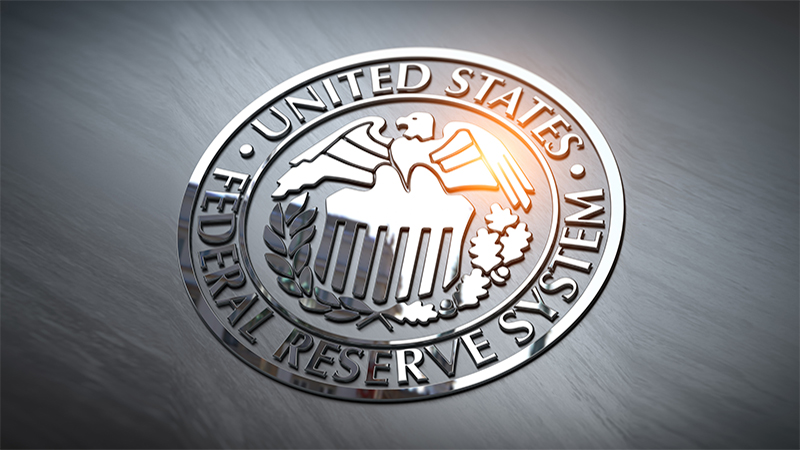US inflation slowed to 5% in March, its lowest level since May 2021, marking a considerable climbdown from its 9.1% peak in June 2022.
However, core inflation, which strips out volatile energy and food prices, remained stubborn as it rose from February’s 5.2% to 5.6%.
Industry commentators are mulling what this could mean for interest rates with the Federal Reserve due to announce its next decision on 3 May.
Friday’s jobs report, another key economic release ahead of the next Federal Open Market Committee (FOMC) meeting, showed the US labour market was still strong in spite of a monthly job creation decline.
Hugh Gimber, global market strategist at JP Morgan Asset Management, said: “The case for the Fed to hit pause on rate hikes is strengthening. With supply chain pressures easing and energy prices stabilising, the greatest inflationary pressures are now focused in two of the most backward-looking components of the inflation basket – namely shelter and core services ex-shelter. These two components contributed over 80% of today’s headline inflation number, and more timely indicators point to a slowdown in both elements ahead.
“For the shelter component, house prices and new rental agreements have already rolled over which should weigh on shelter inflation over the coming months. Core services ex-shelter is very closely linked to wage growth, and the jobs data last week also offered further evidence that the labour market is starting to cool.
“For the past year, the Fed has been solely focused on tackling inflation. With increasing evidence that this battle is now being won, policymakers can start to factor the growth outlook back into their decision making as well. For multi-asset investors this is a positive development, as it heralds the return of high-quality fixed income as a diversifier in portfolios against recession risk.”
Another 25bps hike likely at May’s FOMC meeting
Marcus Brookes, chief investment officer at Quilter Investors, said a 25bps interest rate rise is the most likely outcome of the FOMC meeting on 2-3 May with stubborn core inflation keeping the possibility of further hikes on the table.
He said: “Inflation will continue to be a primary factor in the Fed’s decision-making process, but recent events, such as the failure of Silicon Valley Bank and other lenders, have started to impact market sentiment and hint at potential underlying strains in the US economy. Nonetheless, the Fed will be relieved to see no major unpleasant surprises in this inflation report, which should help stabilise the situation further.
“With the fallout from the Silicon Valley Bank still unfolding, the lack of consensus among top Fed officials on whether another quarter-point rate rise is necessary, and inflation following the predicted trajectory, a 25bps rise in interest rates seems like the most probable outcome for the Fed at its upcoming meeting. The fight against inflation is set to continue for the foreseeable future, and Jerome Powell has made it clear that he will take decisive action if needed.
“As the US economy has proven resilient in the face of numerous challenges, a sense of cautious optimism prevails. However, policymakers and market participants alike must keep a watchful eye on the evolving situation. In the meantime, the Federal Reserve will continue to strike a delicate balance between taming inflation and safeguarding economic growth, all while navigating the ever-changing landscape of global finance.”
Inflation data ‘takes heat off the Fed’
Richard Flynn, managing director of Charles Schwab UK, added: “Today’s fall in the rate of inflation is likely to be welcomed by investors, who may speculate that the Fed could soon pause its cycle of monetary tightening. That being said, while the rate of inflation has fallen, it remains far above the Fed’s 2% target. Officials have been laser focused on fighting inflation and may decide that additional tightening is required to achieve its target when the FOMC meets later this month.”
Ronald Temple, chief market strategist at Lazard, said: “Today’s CPI takes some heat off the Fed, for now. Moderating price pressures combined with signs of cooling in the labour market will offer a temporary reprieve to markets. While this is good news, it does not mean tightening is over. Core inflation remains far above the Fed’s target, and the path to 2% will be bumpy. With core CPI likely to end the year above 3%, the Fed has more work to do before it can declare victory over inflation.”
See also: Investors growing more sceptical of Fed’s hawkish tone despite sticky inflation











